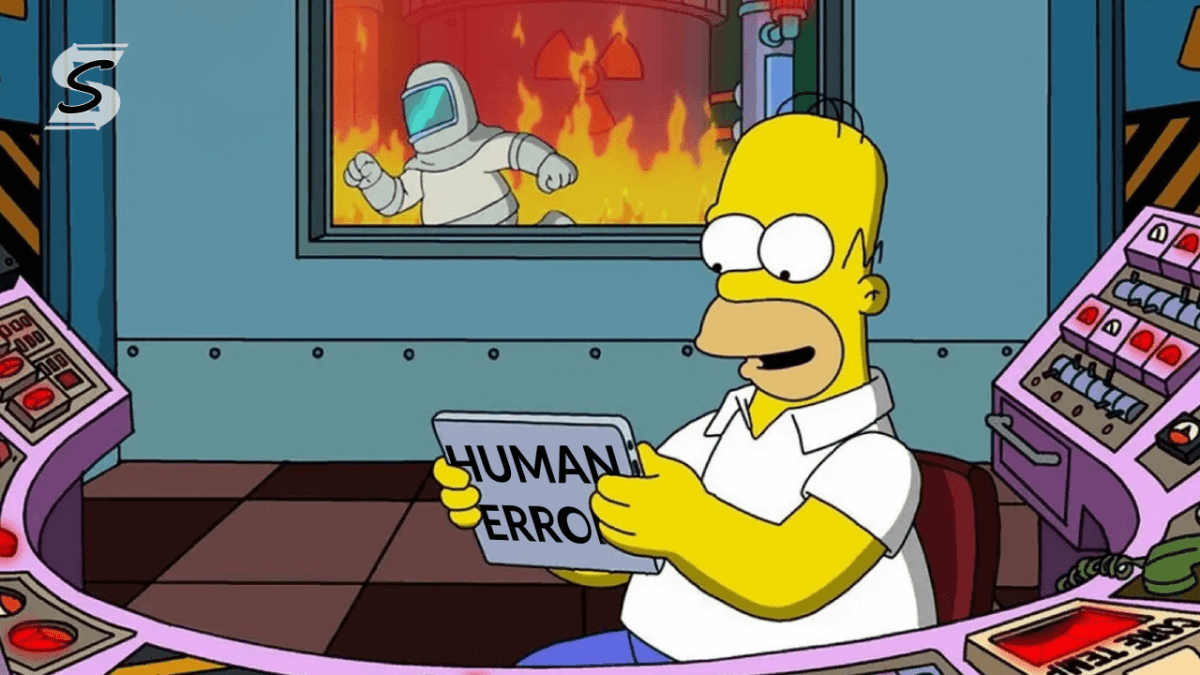As more and more of our lives and assets become connected to the internet they open up new battlegrounds, and critical infrastructure is increasingly in the crosshairs of nation-state actors. From power grids to water treatment plants, these essential services are facing a surge in sophisticated cyberattacks, posing significant risks to national security, public safety, and economic stability. Recent incidents …
SLOW PROGRESS IN DAMAGE PREVENTION
“Nothing new this year,” the comment lingered with me last week at the CGA Conference & Expo. On the surface, it’s easy to understand the sentiment. Perhaps the elephant in the room is the perception that the groundbreaking (pardon the pun), paradigm-shifting innovations – the kind that completely redefine how we approach damage prevention – are a thing of the …
CGA 2025 PREVIEW
I typically write a review of how the CGA Conference & Expo went for us as a company, but this year I’m being a bit more proactive and writing about what I’m excited about at this years event. It’s more than just an industry event; it’s a vibrant hub where I reconnect with the core purpose of our work: protecting …
UNDERGROUND READING
This week, I wanted to switch things up a bit and share some of the most compelling news stories I’ve been following. The geospatial world, and related fields, have been buzzing with fascinating developments, from innovative software solutions to mind-blowing archaeological discoveries. Let’s dive right in! Revolutionizing Network Management with VertiGIS ConnectMaster First up, VertiGIS has unveiled ConnectMaster for ArcGIS, …
NAVIGATING INFRASTRUCTURE UPGRADES
An article I recently encountered made me reflect on the state of North America’s current power grid. We’re constantly bombarded with reports of a strained grid, whether due to burgeoning data centers, crypto mining, population growth, or a combination of factors. It’s undeniable: grid expansion is a necessity. However, this need clashes directly with our desire to preserve the natural …
THE LANDSCAPE OF DAMAGE PREVENTION
Across the USA and Canada we have a lot of diverse landscapes, which present a complex puzzle for damage prevention. While the fundamental principles of “locate, protect, and communicate” hold true, the execution varies dramatically from region to region. To safeguard our vital utilities, we must delve into the specifics, including the critical influence of seasons and storms. The Frozen …
FROZEN DETROIT
I’m sure by now you’ve seen the scenes from Detroit where a neighborhood is flooded with ice. It is surreal: streets transformed into icy rivers, homes encased in frozen floodwaters, and residents grappling with the aftermath of a catastrophic water main break compounded by relentless sub-zero temperatures. What began as a localized infrastructure failure has morphed into a stark illustration …
BEYOND ZERO
The pursuit of “zero damages” in utility infrastructure protection is a noble goal, yet, as Raimund Laqua aptly argues in “The Trouble With Zero,” focusing solely on the number can obscure the path to true safety. This is particularly relevant in the context of utility damages, as highlighted by the CGA’s DIRT reports. While striving for zero damages remains crucial, …
HOW STANDARDIZED DELIVERABLES FUEL ROI
We’ve all seen it: the wildly varying quality of utility locate reports. This isn’t just an inconvenience; it’s a massive drain on project budgets and a significant risk to safety. While the safety argument is crucial, let’s talk about the bottom line. Standardized utility locate reports aren’t just good practice; they’re a smart business move that unlocks hidden profits and …
MINIMIZING HUMAN ERROR
D’oh! Homer Simpson’s nuclear mishaps, while comedic, highlight a fundamental truth: humans make mistakes. While hopefully none of our errors lead to a glowing green briefcase, the reality is that in critical infrastructure, human error poses a significant and persistent threat. These essential systems are the lifeblood of modern society, yet even with sophisticated technology and rigorous protocols, a single …










